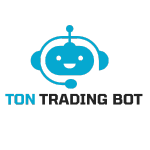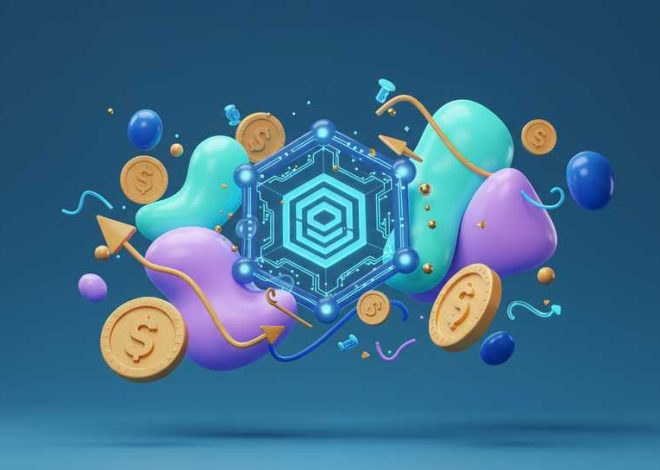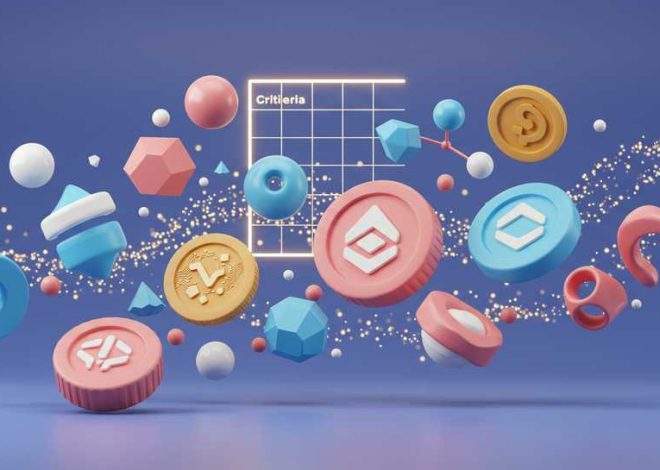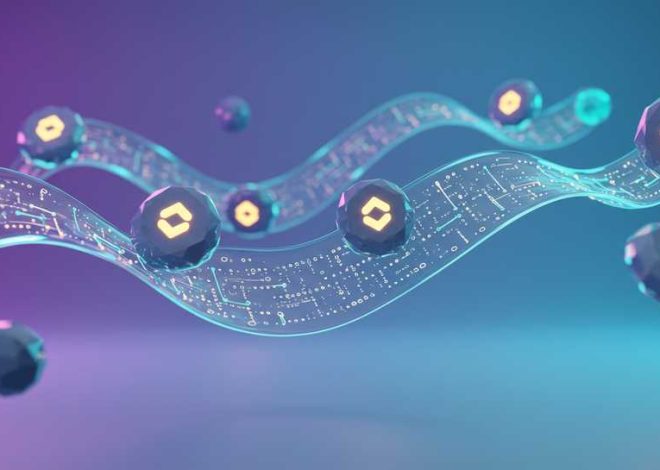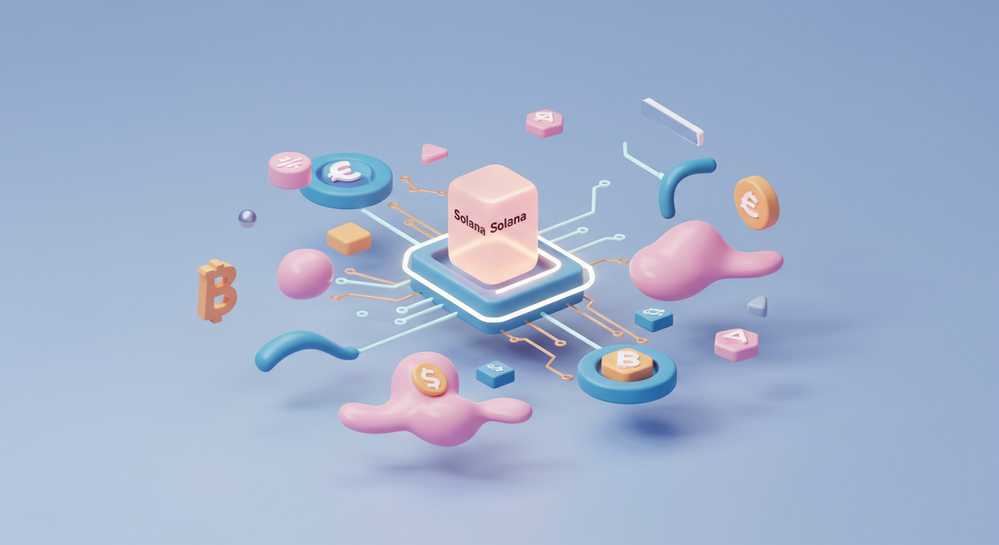
Understanding the Solana Network Chain ID
In the rapidly evolving world of blockchain technology, understanding the fundamental components of various networks is crucial for developers and users alike. One such critical element often discussed, yet sometimes misunderstood, is what is Solana Network Chain ID. This identifier plays a pivotal role in ensuring secure and accurate interactions across different environments of the Solana ecosystem. This article will demystify the concept, explaining its purpose, how it functions, and why it matters for anyone engaging with Solana.
Contents
What Exactly Is a Blockchain Network Chain ID?

A blockchain network chain ID is a unique numerical identifier, acting as a digital address for a specific blockchain. This ID is essential for distinguishing networks and preventing critical transaction errors. In the complex multi-chain environment of 2025, robust identification is paramount for security and integrity.
Wallets and decentralized applications (dApps) rely on chain IDs to ensure they interact with the correct network, safeguarding against misdirected funds. While many blockchains, especially EVM-compatible ones, utilize explicit numeric chain IDs, the fundamental requirement for unique network identification extends to all platforms. This includes networks like Solana, which employs its own distinct method for differentiating its various environments.
Solana’s Unique Approach to Network Identification
Solana employs a distinct method for network identification, diverging from the static numeric chain ID model prevalent in Ethereum Virtual Machine (EVM) chains. Instead of a direct chain ID within transaction data, Solana environments are primarily distinguished by their unique RPC (Remote Procedure Call) endpoints. This approach effectively clarifies what is Solana network chain ID in practice, focusing on connectivity and operational integrity.
Solana Network Clusters
Solana operates through several distinct clusters, each serving a specialized function. These clusters are crucial for managing different stages of development and deployment, ensuring a robust and scalable ecosystem.
- Mainnet-Beta: This is the primary, production-ready network where real assets and applications reside, offering the most stable and secure environment.
- Testnet: Designed for large-scale testing of protocol upgrades and features before their deployment to Mainnet-Beta.
- Devnet: An essential environment for developers to test their decentralized applications without using real funds, providing a faucet for requesting test SOL tokens.
Developers interacting with the Solana blockchain specify the target cluster via its unique RPC endpoint. This endpoint acts as the operational identifier, ensuring transactions and queries are routed to the correct network, maintaining precision in a high-performance environment.
Why Solana Network Identification Matters for Developers and Users
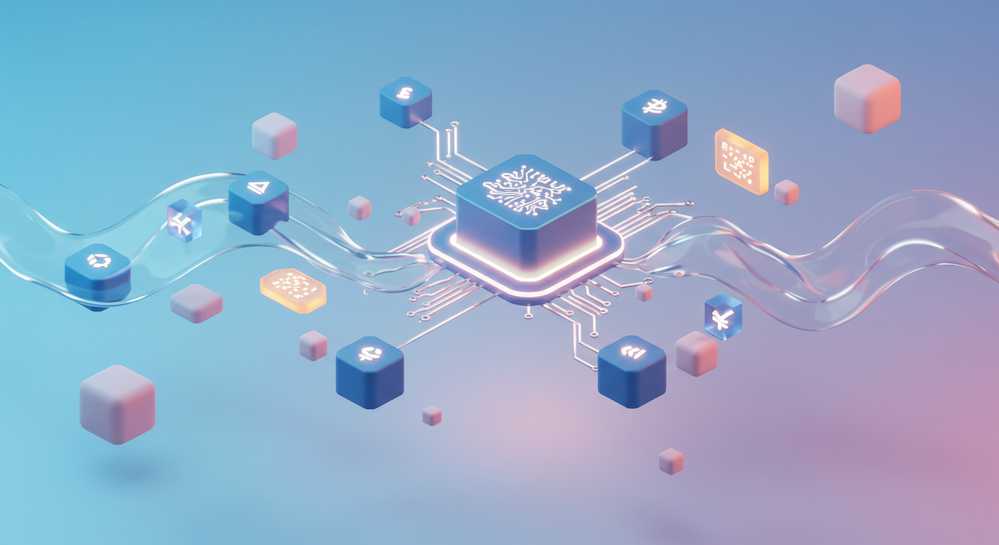
Correctly identifying the Solana network cluster is paramount for both developers and users. For developers, precise network identification ensures the successful deployment and operation of decentralized applications. Misdeploying a dApp on Devnet when Mainnet-Beta was intended, or vice-versa, can lead to significant issues, including lost funds or inaccessible applications. Developers critically rely on distinct RPC endpoints to configure their tools and SDKs, ensuring their code interacts with the intended environment, clarifying what is Solana network chain ID in their operational context.
From a user’s perspective, understanding which Solana network is connected remains equally vital. When interacting with a wallet or a dApp, users must always verify they are on the correct cluster, especially when managing valuable assets. Connecting to Devnet by mistake instead of Mainnet-Beta could cause confusion or, in cases of misconfiguration, pose security risks. Reputable dApps and wallets provide clear network indicators, helping users avoid these pitfalls. This clear network distinction also prevents malicious actors from executing replay attacks across different environments, thereby mitigating potential investment risks.
Finding and Utilizing Solana Network Identifiers
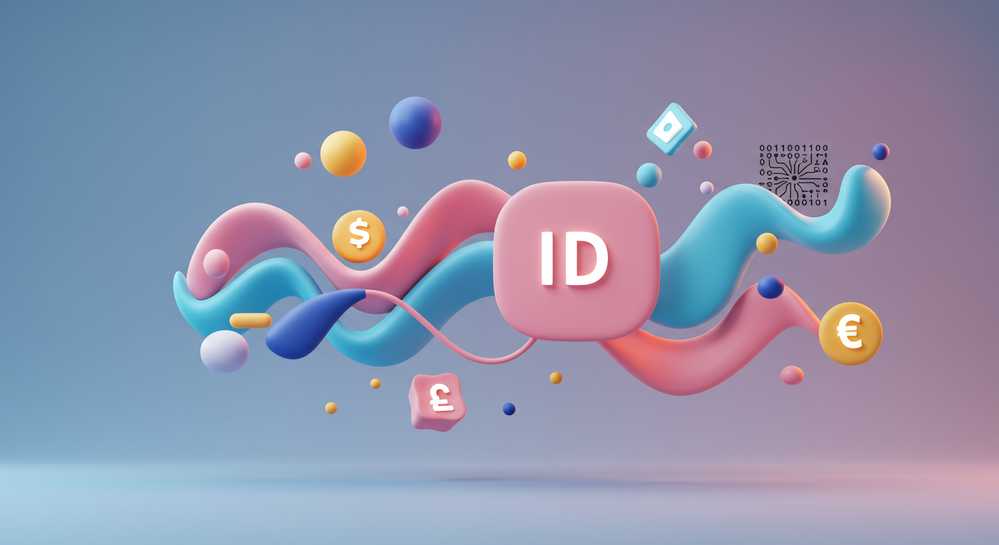
Since Solana relies on RPC endpoints for network identification, understanding what is Solana network chain ID practically means knowing these specific URLs. Developers configure their command-line tools and SDKs with the correct RPC endpoint. This ensures their applications interact with the intended Solana cluster, whether for development, testing, or live operations.
Essential Solana RPC Endpoints
These are the standard RPC endpoints used to connect to Solana’s primary network clusters:
https://api.mainnet-beta.solana.com(for Mainnet-Beta)https://api.testnet.solana.com(for Testnet)https://api.devnet.solana.com(for Devnet)
Users typically interact with these network identifiers indirectly via their Solana wallets or decentralized applications. Most interfaces provide a clear network selection option, allowing users to switch between Mainnet-Beta, Testnet, or Devnet. Always double-check the displayed network before confirming any transaction, especially when dealing with significant SOL or other token amounts. This vigilance ensures security and accuracy in all Solana blockchain interactions.
Understanding the Solana Network Chain ID is fundamental for ensuring secure and efficient operations within the Solana ecosystem. It serves as a vital safeguard, preventing cross-chain transaction errors and maintaining the integrity of decentralized applications. As you navigate the complexities of blockchain development or simply engage with Solana-based assets, recognizing the importance of this identifier will enhance your experience. For advanced trading strategies and seamless interactions across various blockchain networks, consider leveraging the capabilities of the Ton Trading Bot.
